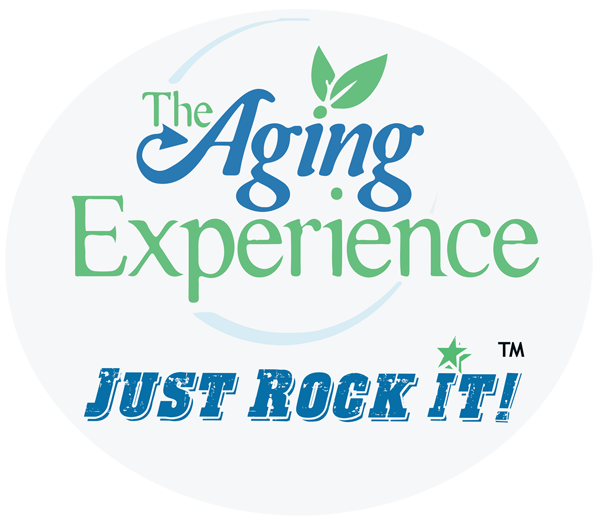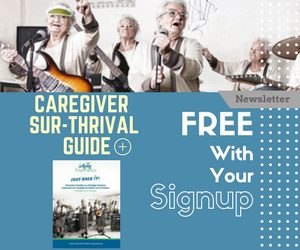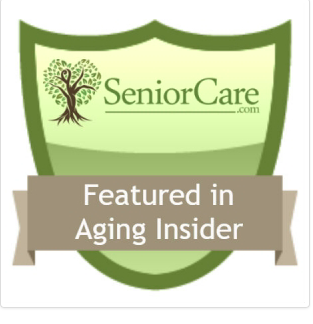Cancer May Drive Health Problems as People Age
A cancer diagnosis when older has an impact on overall health as physical activity declines and stress and depression set in.
Decreased Exercise, Stress are Culprits
A new study indicates that cancer may have negative impacts on both the physical and mental health of individuals as they age. Published in CANCER, a peer-reviewed journal of the American Cancer Society, the study suggests that cancer increases the risk for certain health issues above and beyond normal aging. This is likely due, in part, to decreased physical activity and stress associated with cancer diagnosis and treatment.
Corinne Leach, MS, PhD, MPH, of the American Cancer Society in Atlanta, and her colleagues analyzed cancer registry data that were linked to Medicare surveys. The analysis included 921 Medicare beneficiaries with a breast, colorectal, lung, or prostate cancer diagnosis who completed initial surveys in 1998 and 2001 and follow-up surveys two years later. These patients were matched to 4605 controls without cancer.
Cancer groups demonstrated greater declines in activities of daily living and physical function compared with controls, with the greatest change for lung cancer patients. Having a cancer diagnosis increased risk for depression but did not increase the likelihood of developing arthritis, incontinence (except for prostate cancer), or vision/hearing problems. Having a cancer diagnosis also did not exacerbate the severity of arthritis or foot neuropathy.
Said Dr. Leach. “Decreased physical functioning among older cancer patients compared with older adults without cancer is an important finding for clinicians because it is also actionable. Clinicians need to prepare patients and families for this change in functioning levels and provide interventions that preserve physical function to limit the declines for older cancer patients.”
Guide to Palliative Care for Dementia Patients Released
Palliative care is not just about end of life care. It is about providing comfort for those in need.
Guide to Palliative Care
CaringKind, The Heart of Alzheimer’s Caregiving, has published a book, Palliative Care for Advanced Dementia, Training and Implementation. It describes what they have learned in assisting three New York City nursing homes as they implement dementia-capable palliative care. It offers guidance for other homes moving toward dementia-capable comfort care. Get it here.
Tired During the Day? May Make You More Susceptible to Dementia
Sleepiness and Fatigue Linked to Brain Atrophy
A new study found that normal older adults who experience excessive sleepiness during the day or significant fatigue may have more brain atrophy than expected for their age, particularly in areas of the brain that are more susceptible to aging and Alzheimer’s disease.
Results show that subjects with excessive daytime sleepiness or fatigue not only had more disturbed sleep, but also significantly lower cognitive scores and more medical comorbidities.
“Our results may help to identify individuals at higher susceptibility or risk for dementia prior to symptom onset so that appropriate interventions can be undertaken early to prevent progression to dementia,” said lead author, Diego Z. Carvalho, MD, a resident physician of neurology at the Mayo Clinic in Rochester, Minnesota.
Working from the Same Script – How Silos in Healthcare Hinder Care

Mom and me, the day before Mother’s Day, at our last fancy dinner together.
How Silos in Healthcare Hinder Care
My mom just passed away at 94. She was in the hospital for two weeks. She had a small bowel obstruction. Had she not had emergency surgery, where they removed two feet of dead intestine, she would have died. Mom was a fighter. Who else could have a screw put in her neck at age 88 and leave the operating room and go to her regular room without even a stop in ICU! As it turned out, she could not handle her rehabilitation this time around and died in hospice a couple of weeks later.
What a contrast in care between the hospital and residential hospice.
Don’t get me wrong. Her hospital care was excellent in terms of patient experience, an empathetic staff, a pleasing environment. And while the clinical care was equally good, it was provided in silos.
This story illustrates it in a nutshell.
The surgeon came out of the operation and declared it a success because mechanically it was as they took out a dead section of her intestines and stitched her back together.
When the anesthesiologist came out afterwards, he let us know we almost lost her in surgery, how they had to pump so much oxygen into her to make it through and that her recovery would be rough.
In the step down unit, the gastrointestinal surgeon came in and looked at her and pronounced her ready to go. Upon which the nurse said, you do know she had a heart attack two days ago. Upon which he reacted “oh”!
My mom received care in a major healthcare system. Yet not everyone was working from the same script.
A healthcare system that operates in a silo even when it is connected by medical records, huddles and other innovations still fails to consider the whole patient. And if a family member is not there to advocate, well things can turn bad very quickly.
As two weeks dragged by in the hospital it became clear that mom was both incapable and unwilling to try to rehabilitate herself. In her mind it was indeed time to go and be with my sister and father. So while I initially was “shopping” for rehab and then assisted living, it became clear that she needed hospice.
I have written about hospice before with my father-in-law’s in-hospital hospice experience. In short, there is a singleness of purpose in hospice care, everyone is on the same page, and every single person, staff and volunteer, are there to make sure every need of the patient and the family caregivers are met. My mom’s passing was truly a death with dignity.
We only spent 55 hours in hospice but every second was precious.
- On the first day, we were presented with a prayer shawl for mom. We picked red, her favorite color and the shawl wad made by parishioners from St. Thomas Aquinas parish in Huntersville, NC. Mom’s parish in south Philadelphia was also St. Thomas Aquinas.
- On the second day the chaplain visited and asked if we wanted a priest from the Catholic Church to stop around. We were not thinking about that at all. My mom was Catholic but was a little miffed with God after my sister’s passing. But she practiced her faith. So less than an hour later, Father Paul from St. Mark’s Church in Huntersville was at the Levine Dickson Hospice House administering last rites in a very moving ceremony. Mom was close to death in the hospital at several stages yet, while a chaplain visited, there was no offering of an outside visitation or help to facilitate it.
- On the third day, a volunteer chorus came in and sang for mom. And while the songs were probably not to mom’s taste (I half expected her to wake and shoo them out of the room.), the gesture, nonetheless was a nice one.
- Twice a week, volunteers brought n food for families.
- Upon my mom’s passing, the tradition at the hospice house was remarkable. Soft music is played throughout the hospice. Candles are lit in several places. They bathed mom. And when the funeral parlor picked mom up, there was a procession and a ceremony before she took her final ride.
Sure some could argue that hospice care is not as complex as hospital care. Still, the singleness of purpose and focus by hospice is something other healthcare providers need to emulate. Fifty-five hours of hospice care made such a positive impression on my wife and I that 625 hours of hospital care could not even touch. And it showed in our word of mouth and our wishes. We told everyone about her incredible hospice care and directed donations be made to hospice in lieu of flowers.
The experience after all is the marketing.










